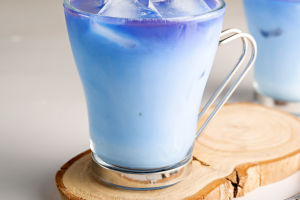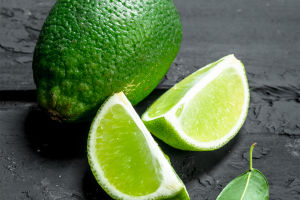You might have rarely heard of currants, but you may have seen or eaten them without knowing their name. So, what exactly are currants?
There are two common types: red currants, with glossy and transparent skin, and water-rich, fresh, and tender flesh; black currants, dark purple in color.
Currants have tender flesh with a delightful sweet and sour flavor. Beyond their taste, they are rich in nutrients and low in sugar, making them a valuable and nutritious fruit.
Moreover, currants can serve as ornamental plants, offering both beauty and practicality. Generally, currants have an acidic fruit flavor, and the seeds can be slightly astringent.
How to Enjoy Currants:
1. Direct Consumption:
Eating fresh currants directly is a common and straightforward method. However, be sure to clean them thoroughly to avoid any pesticide residues on the surface that might harm the body. It is recommended not to consume excessive amounts; ideally, not more than 200 grams at a time.
2. Making Jam:
Currants can be turned into delicious jams. Simply wash the currants, remove the peel, chop them, and marinate them in icing sugar for about two hours. Then, cook the mixture until it boils and slowly simmer it into a thick paste over low heat.
Transfer the paste to a glass bottle, seal it, and preserve it. Apart from making jam, currants can also be dried into dry products, which have a long shelf life.
They can be used to make tea by adding an appropriate amount to a cup of boiling water, along with some honey.
Moreover, currants can be incorporated into recipes for currant rolls, currant paste, and more.
Nutritional Benefits of Currants:
Currant fruit is a treasure trove of nutrients. It contains 18 essential amino acids, vitamins C, B1, and B2. It also contains iron, tin, potassium, phosphorus, zinc, and other minerals.
The vitamin C content is higher than that of most fruits, sometimes even hundreds of times higher, second only to kiwifruit.
Additionally, currants are rich in bioflavonoids, which contribute to softening blood vessels, lowering blood lipids and blood pressure, enhancing calcium absorption, and boosting immunity.
The nutrition in currants is highly comprehensive and surpasses that of most fruits. The flocculent pulp of currants is beneficial for protecting the gastric mucosa, ensuring that even if consumed in larger quantities, it won't cause discomfort.
Moreover, the sugar content in currants is very low, making them suitable for consumption by diabetic patients and individuals with high cholesterol, blood pressure, or blood sugar levels.
Additionally, it is best to savor the freshest and healthiest seasonal currants for the best flavor and nutrition.


